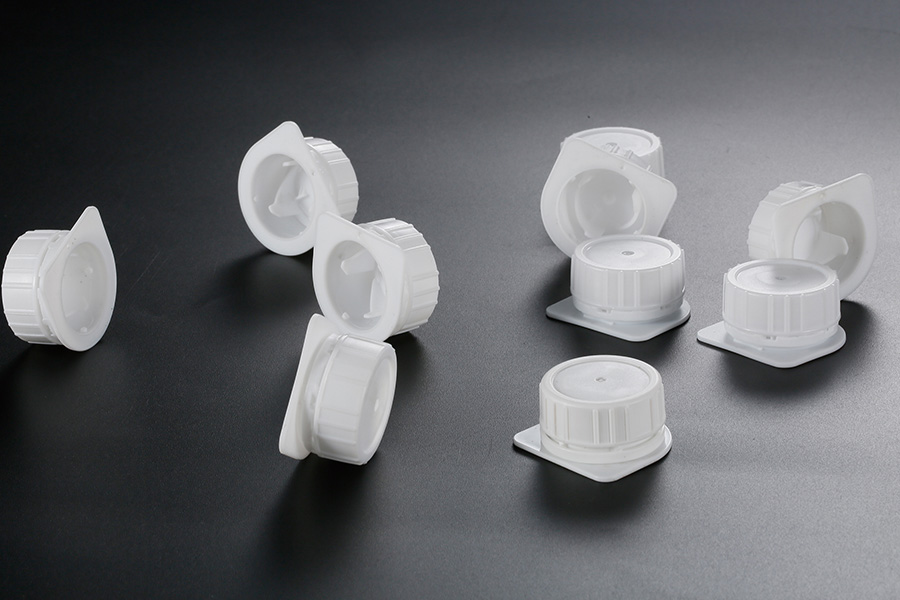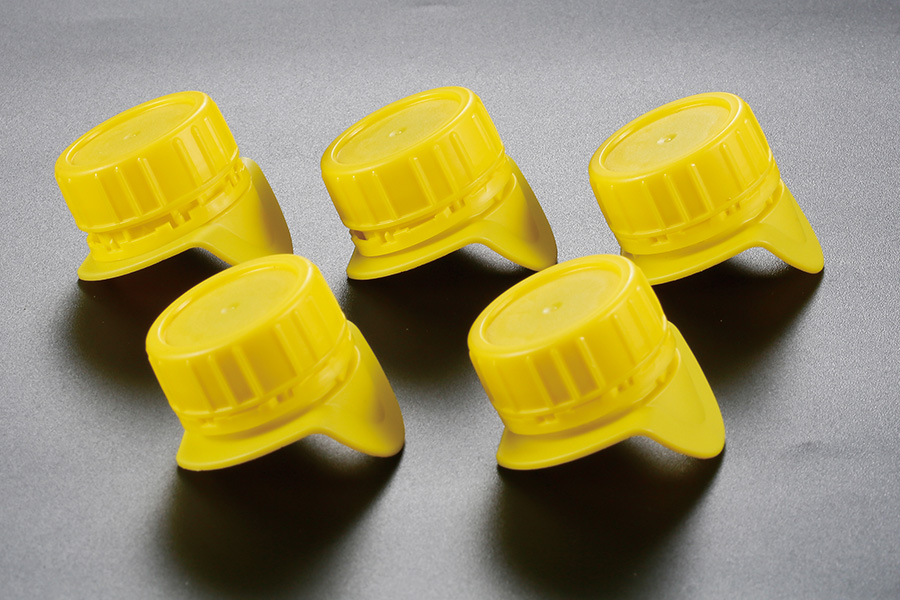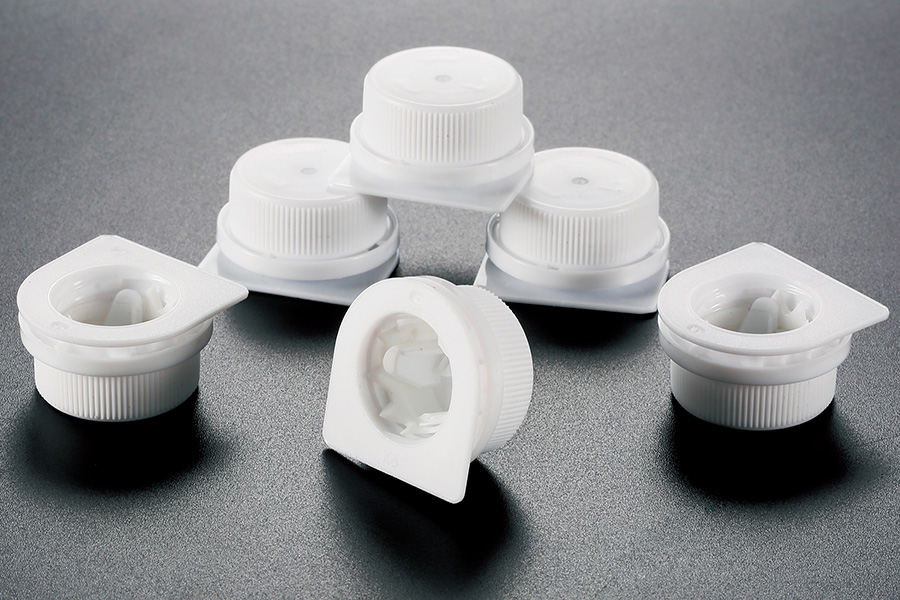Carton packaging has become a significant trend in the beverage and food industries, driven by consumer demand for convenience, sustainability, and product safety. One crucial aspect that directly interacts with carton packaging is the closure system, especially the plastic bottle cap design. The relationship between carton packaging and closure innovation is intricate, as each influences the other's development to meet evolving market needs.

The integration of carton packaging with plastic bottle cap design presents unique challenges and opportunities for manufacturers. Carton packages often require closures that can maintain the integrity of the product while providing ease of use to consumers. This demand has led to a surge in innovation around easy open bottle caps, which are tailored to fit the specific requirements of carton containers. The design must ensure that the cap fits securely on the carton’s spout while allowing users to open the package effortlessly.
Plastic bottle cap design in carton packaging must address several factors, including sealing performance, user convenience, and compatibility with various liquids. Because carton packaging is typically used for beverages like juice, milk, or tea, the plastic caps need to prevent leakage and contamination effectively. Additionally, the caps should be designed for repeated use, as many consumers prefer resealable closures for on-the-go consumption. The easy open bottle cap has become a favored solution, offering a balance between security and accessibility.
Innovations in plastic bottle cap design are often driven by feedback from end-users who value simplicity and safety. The easy open bottle cap reduces the effort required to access the contents, which is particularly beneficial for elderly individuals or those with limited hand strength. In carton packaging, this ease of opening is essential, as the combination of materials can sometimes make access less straightforward compared to traditional plastic bottles. Manufacturers have focused on enhancing cap ergonomics and incorporating features such as grip textures and lower torque requirements.
Moreover, the environmental impact of packaging has prompted changes in plastic bottle cap design for cartons. Sustainability initiatives encourage the use of recyclable materials and reduce plastic waste. Designing easy open bottle caps that use less plastic while maintaining durability is a challenge that continues to influence closure innovation. Some manufacturers experiment with lightweight plastics or hybrid materials that comply with recycling standards and support circular economy goals.
The shape and size of the plastic bottle cap must also align with the carton packaging’s spout dimensions. This coordination ensures that the closure not only fits securely but also supports the carton’s structural integrity. Any mismatch can advance to leaks or damage during transport and storage. Consequently, closure designers collaborate closely with carton manufacturers to achieve a seamless fit, which enhances the overall consumer experience.
Furthermore, easy open bottle caps for carton packaging often incorporate tamper-evident features. These are essential for consumer safety, as they provide visible proof that the product has not been compromised. The design of these tamper-evident elements must integrate smoothly with the plastic bottle cap design without increasing complexity or cost significantly.
The rise of carton packaging also influences branding opportunities through plastic bottle cap design. Caps offer an additional surface for logos, colors, and textures that can reinforce brand identity. Easy open bottle caps can be customized to reflect the product’s image, enhancing shelf appeal and consumer recognition. This customization does not interfere with the functionality but adds marketing value.
In conclusion, carton packaging plays a pivotal role in shaping closure innovation, particularly in the realm of plastic bottle cap design and easy open bottle caps. The synergy between carton materials and closure mechanisms advances to solutions that emphasize convenience, safety, and environmental responsibility. As market demands evolve, manufacturers continue to explore new materials, ergonomic designs, and sealing technologies to improve the compatibility of plastic bottle caps with carton packaging. The focus remains on creating easy open bottle caps that meet user expectations while supporting sustainable packaging goals, ultimately contributing to a more user-friendly and eco-conscious market landscape.


 English
English  русский
русский عربى
عربى



